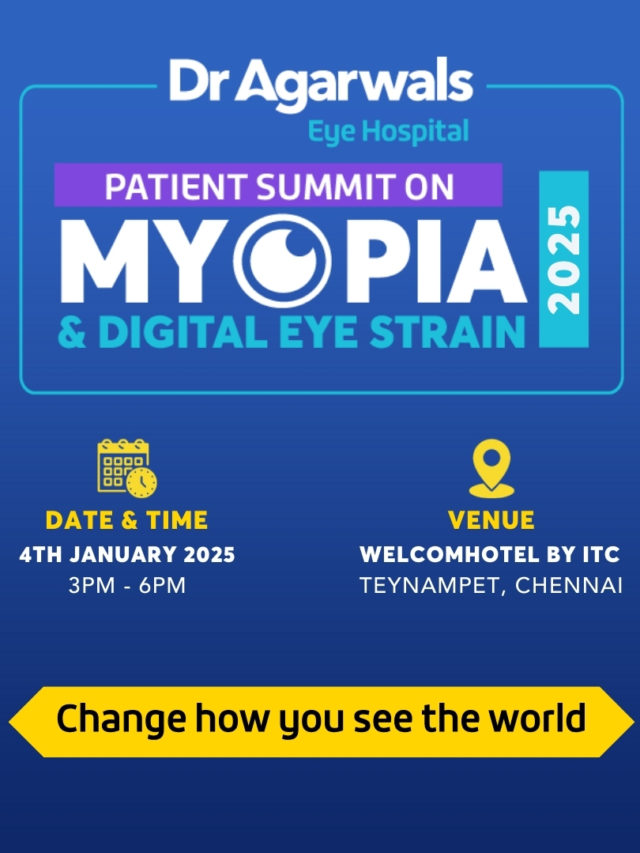Cataracts are one of the most common causes of vision loss worldwide, particularly among older adults. Fortunately, cataract surgery is a safe and effective procedure that can restore clear vision. While many patients are aware of the medical importance of this treatment, one of the most frequently asked questions is: “Is cataract surgery covered by insurance?”
The cost of cataract treatment can vary depending on the hospital, type of lens chosen, and whether advanced technologies like laser-assisted surgery are used. Since affordability plays a major role, patients often look for cataract surgery insurance options to ease financial concerns.
This guide provides an overview of cataract surgery, its cost, insurance coverage, and steps to follow if your policy does not cover the procedure.
Introduction to Cataract Surgery Cost and Its Procedure
Cataract surgery is a medical procedure in which the clouded natural lens of the eye is removed and replaced with an artificial intraocular lens (IOL). It is usually performed as a day-care procedure, and recovery is generally smooth.
The cost of cataract surgery may differ depending on:
- The type of IOL selected (monofocal, multifocal, or toric).
- Whether traditional or laser-assisted techniques are used.
- The reputation of the hospital and the experience of the surgeon.
Since it is considered a medically necessary procedure, patients often explore eye surgery insurance to reduce out-of-pocket expenses. Speaking to the hospital’s insurance desk or financial counsellor can help clarify what is included under your plan.
Is Cataract Surgery Covered by Insurance?
Many patients want to know directly: “Is cataract surgery covered by insurance?” The answer depends on the policy you hold and the insurance company’s terms. In most cases, because cataract surgery is not a cosmetic procedure but a medically required treatment, it is often eligible for coverage.
That said, the extent of coverage can differ. Some policies may include only basic cataract treatment with standard lenses, while advanced lenses or laser-assisted techniques might require additional payment. Patients are advised to consult the hospital’s insurance team or reception staff to verify if their insurer covers the procedure and what documentation is needed for approval.
Different Types of Insurance That Can Cover Cataract Surgery
When considering cataract surgery insurance, it is important to understand that coverage varies across different policy types. Some of the common insurance options include:
- Health Insurance for Eye Surgery: Many comprehensive health insurance plans cover medically necessary procedures like cataract surgery. However, coverage limits, waiting periods, and exclusions can apply. Patients should check with the hospital counsellor to understand what is reimbursable.
- Group Insurance Policies: Employees covered under corporate or group insurance may be eligible for cataract surgery benefits. It is always best to confirm eligibility with the HR department and discuss cashless options with the hospital insurance desk.
- Government Schemes: Certain government-funded health schemes may also provide financial support for cataract operations. The availability of such benefits often depends on the patient’s eligibility and whether the hospital is empanelled under the scheme.
By discussing directly with the hospital’s insurance counsellor, patients can ensure clarity on whether health insurance cataract surgery options are available under their plan.
How Much Does Cataract Surgery Cost in India?
The cost of cataract surgery in India is influenced by multiple factors, including technology used, lens type, and the hospital’s infrastructure. On average, standard cataract surgery with a monofocal lens is more affordable compared to surgeries involving premium lenses like multifocal or toric lenses.
Laser-assisted cataract surgery, which offers more precision, may also cost more. Prices may vary significantly across cities and hospitals. Patients should request a detailed estimate from the hospital reception team to avoid unexpected expenses.
Those without cataract surgery covered by insurance may have to pay the entire cost upfront. In such cases, exploring instalment options or financial counselling at the hospital may also be helpful.
Steps to Take If Your Insurance Doesn’t Cover Cataract Surgery
For patients who discover that their policy does not offer cataract surgery insurance, there are still steps to manage the financial burden:
- Speak to the Hospital’s Counsellor: They can explain alternative payment plans or discounts, if available.
- Explore Cashless Versus Reimbursement Options: Some hospitals may have tie-ups with insurance providers that allow direct settlement of bills.
- Check if Add-on Policies Exist: Some insurers offer riders or add-ons that may include health insurance for eye surgery in future renewals.
- Request a Detailed Cost Estimate: This helps plan finances and prevents surprises at the time of billing.
It is always wise to clarify insurance coverage with the hospital’s insurance desk before proceeding, especially if advanced lenses or technology are preferred.
Conclusion
Cataract surgery is one of the most effective and life-improving medical procedures available today. While costs can vary depending on technology, surgeon expertise, and lens selection, the good news is that many policies include cataract surgery covered by insurance. However, the extent of coverage differs and may not always include premium lenses or advanced techniques.
Patients should proactively check with the hospital’s insurance team, reception staff, or financial counsellors to confirm whether their plan provides cataract surgery insurance. If coverage is unavailable, alternative payment arrangements may be discussed.
Ultimately, the key to reducing financial stress lies in early consultation and transparent discussions with both your insurer and the hospital’s insurance team. By taking these steps, patients can focus on what truly matters: restoring clear vision and improving quality of life.









